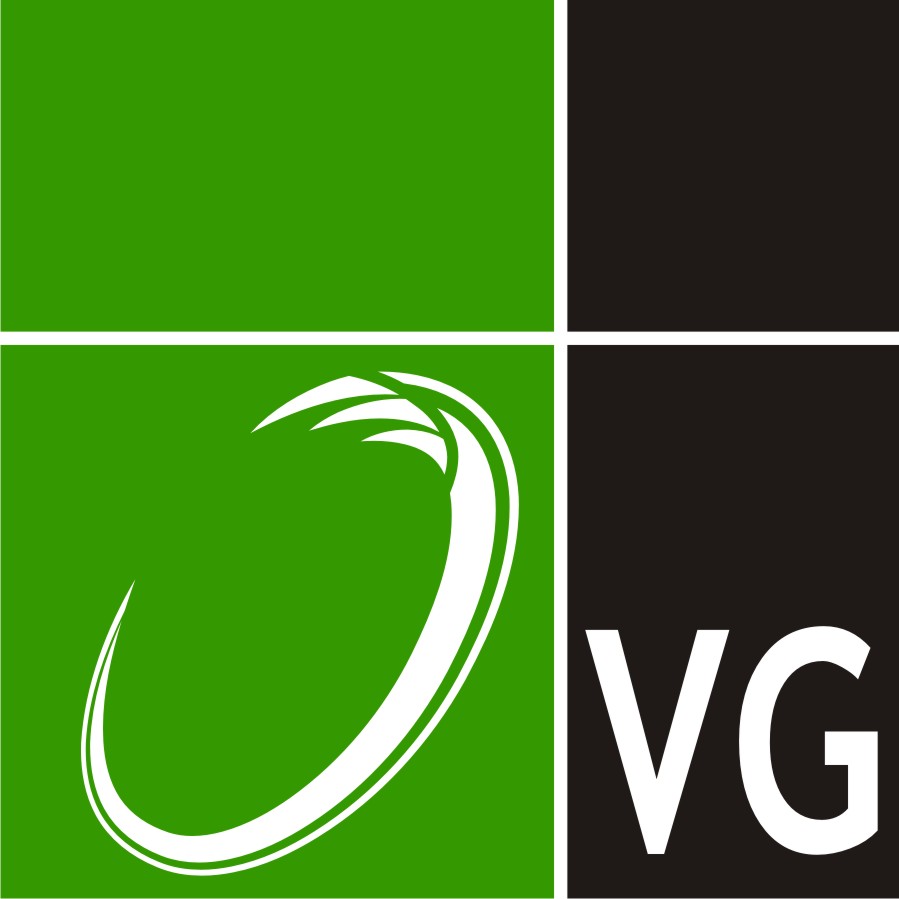- Home »
- VGI - Die Zeitschrift »
- Autor
VGI - Autor
Klaus Legat
Wir haben 2 Artikel von und mit Klaus Legat gefunden.
Untersuchungen zur GPS/INS-Integration
Kurzfassung
Die GPS/INS-Integration stellt einen bedeutenden Forschungsbereich der Navigation dar, in dem auch eine zunehmende Anzahl geodätischer Institute tätig ist. Der Artikel beschreibt die Grundprinzipien der Inertialnavigation sowie der GPS/INS-Integration, die zusätzlich anhand einer kurzen aber anschaulichen Testfahrt praxisnah erklärt werden.
Abstract
The GPS/INS integration represents an important research area in navigation. An increasing number of geodetic institutes are actively working in this field. The paper describes the basic principles of inertial navigation and of the GPS/INS integration. A short but illustrative test track further explains the applied techniques in a practical manner.
Die GPS/INS-Integration stellt einen bedeutenden Forschungsbereich der Navigation dar, in dem auch eine zunehmende Anzahl geodätischer Institute tätig ist. Der Artikel beschreibt die Grundprinzipien der Inertialnavigation sowie der GPS/INS-Integration, die zusätzlich anhand einer kurzen aber anschaulichen Testfahrt praxisnah erklärt werden.
Abstract
The GPS/INS integration represents an important research area in navigation. An increasing number of geodetic institutes are actively working in this field. The paper describes the basic principles of inertial navigation and of the GPS/INS integration. A short but illustrative test track further explains the applied techniques in a practical manner.
Keywords/Schlüsselwörter
keine
keine
Integration of GNSS and Loran-C
Kurzfassung
Viele Landanwendungen der Navigation, vor allem im städtischen bebauten Bereich und im alpinen Raum, leiden unter der schlechten Satellitensichtbarkeit von Global Navigation Satellite Systems (GNSS). Diese Schwierigkeiten können durch eine Integration von GNSS mit anderen, verschiedenen Systemen kompensiert werden. Die Idee der Integration beruht darauf, dass ein Sensor die Nachteile der anderen Sensoren kompensiert. Neben der Verwendung von autonomen Navigationstechniken wie Koppelnavigation (dead reckoning) oder Inertialnavigation sind terrestrische Radionavigationssysteme wie z.B. Loran-C eine gute Ergänzung zu GNSS. Die Integration von GNSS und Loran-C erhöht die Zuverlässigkeit und Verfügbarkeit von Positionslösungen signifikant. Dieser Bericht präsentiert die Entwicklung und Evaluierung einer neuen hybriden Empfängergeneration im Rahmen des von der EU fizierten Projektes GLORIA (GNSS and Loran-C in Road and Rail Applications). Die Innovation beruht auf einer Integration von Rohdaten. Dieser neuartige Zugang verbessert bestehende Anwendungsmöglichkeiten und öffnet Türen für neue Betätigungsfelder auch außerhalb der Landnavigation.
Abstract
For many navigation applications, e.g. in urban or mountainous areas, insufficient satellite visibility of the Global Navigation Satellite System (GNSS) is an issue. This problem can be reduced by integrating GNSS with other dissimilar systems, where the drawbacks of the individual systems compensate each other. An attractive option is the terrestrial radio navigation system Loran-C. Integrating GNSS and Loran-C improves the reliability and availability of the positioning information significantly. Within the GLORIA (GNSS and Loran-C in Road and Rail Applications) project, funded by the European Community (EC), the development and evaluation of a hybrid navigation receiver is demonstrated [1]. This innovative approach opens the door to new applications and to major improvements in existing application designs for land transport.
Viele Landanwendungen der Navigation, vor allem im städtischen bebauten Bereich und im alpinen Raum, leiden unter der schlechten Satellitensichtbarkeit von Global Navigation Satellite Systems (GNSS). Diese Schwierigkeiten können durch eine Integration von GNSS mit anderen, verschiedenen Systemen kompensiert werden. Die Idee der Integration beruht darauf, dass ein Sensor die Nachteile der anderen Sensoren kompensiert. Neben der Verwendung von autonomen Navigationstechniken wie Koppelnavigation (dead reckoning) oder Inertialnavigation sind terrestrische Radionavigationssysteme wie z.B. Loran-C eine gute Ergänzung zu GNSS. Die Integration von GNSS und Loran-C erhöht die Zuverlässigkeit und Verfügbarkeit von Positionslösungen signifikant. Dieser Bericht präsentiert die Entwicklung und Evaluierung einer neuen hybriden Empfängergeneration im Rahmen des von der EU fizierten Projektes GLORIA (GNSS and Loran-C in Road and Rail Applications). Die Innovation beruht auf einer Integration von Rohdaten. Dieser neuartige Zugang verbessert bestehende Anwendungsmöglichkeiten und öffnet Türen für neue Betätigungsfelder auch außerhalb der Landnavigation.
Abstract
For many navigation applications, e.g. in urban or mountainous areas, insufficient satellite visibility of the Global Navigation Satellite System (GNSS) is an issue. This problem can be reduced by integrating GNSS with other dissimilar systems, where the drawbacks of the individual systems compensate each other. An attractive option is the terrestrial radio navigation system Loran-C. Integrating GNSS and Loran-C improves the reliability and availability of the positioning information significantly. Within the GLORIA (GNSS and Loran-C in Road and Rail Applications) project, funded by the European Community (EC), the development and evaluation of a hybrid navigation receiver is demonstrated [1]. This innovative approach opens the door to new applications and to major improvements in existing application designs for land transport.
Keywords/Schlüsselwörter
keine
keine
